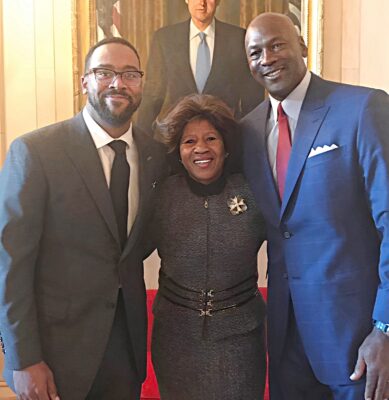The Stone Age began about 2.6 million years ago. This is the time when ancient people started using stone tools. This period lasted a long time and formed the beginning of the world, lasting until about 3,330 BC. After this period, the Bronze Age began and gradually made great strides.

Although much research has been done on ancient humans, it is difficult, often impossible, to know all the small details of their daily lives.
However, a new study is groundbreaking and provides us with a rare insight into how humans once lived. Specifically, scientists discovered that ancient people in New Guinea, who lived 18,000 years ago, hatched Cassowary bird eggs and trained them to mature until adulthood.
Cassowary is a large, flightless bird native to Australia, the Aru Islands and New Guinea. They are one of the largest birds in the world.
The team’s research was published in the BBC Science Focus journal. Kristina Douglass, assistant professor of anthropology and African studies at Penn State, told the publication how dangerous the Cassowary was, even the ancient people who raised them could die.
“This isn’t some small chicken, it’s a rather ferocious, flightless giant bird that weighs about 20kg,” she said.

Cassowary is one of the largest and most dangerous birds on the planet. Photo: Getty
Scientists studied egg shells dating from 6,000 to 18,000 years ago to determine the age of the embryos inside when they cracked. Since the young birds get calcium from the eggshells, the team was able to determine how they developed.
This study is particularly interesting because, according to previous scientists, the domestication of chickens took thousands of years to take place.
Dr. Hanneke Meijer, a paleontologist who was not involved in the study, said: “The results of this project are very important! Chickens are generally considered to be the first birds to be domesticated (despite this date). months and locations of domestication are still controversial), but this study suggests that may not be the case.

Currently, the team is not sure for sure what the Cassowary birds were domesticated for.











